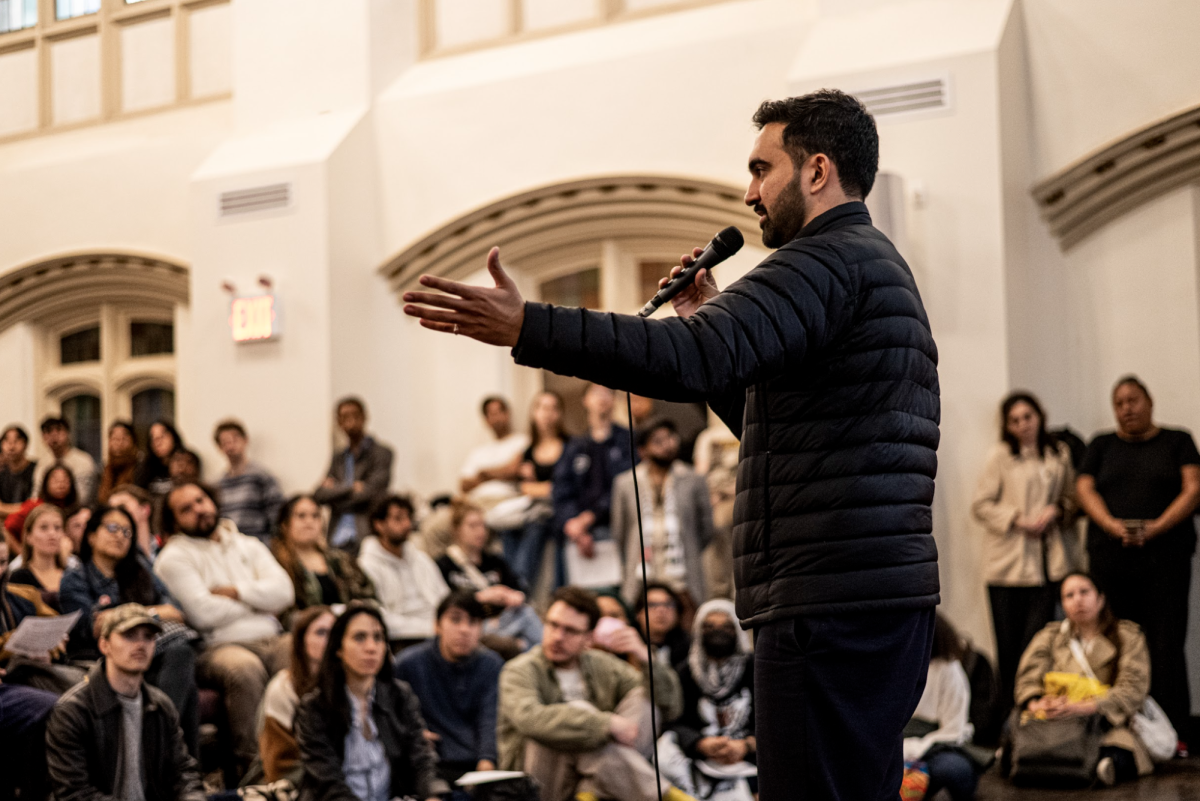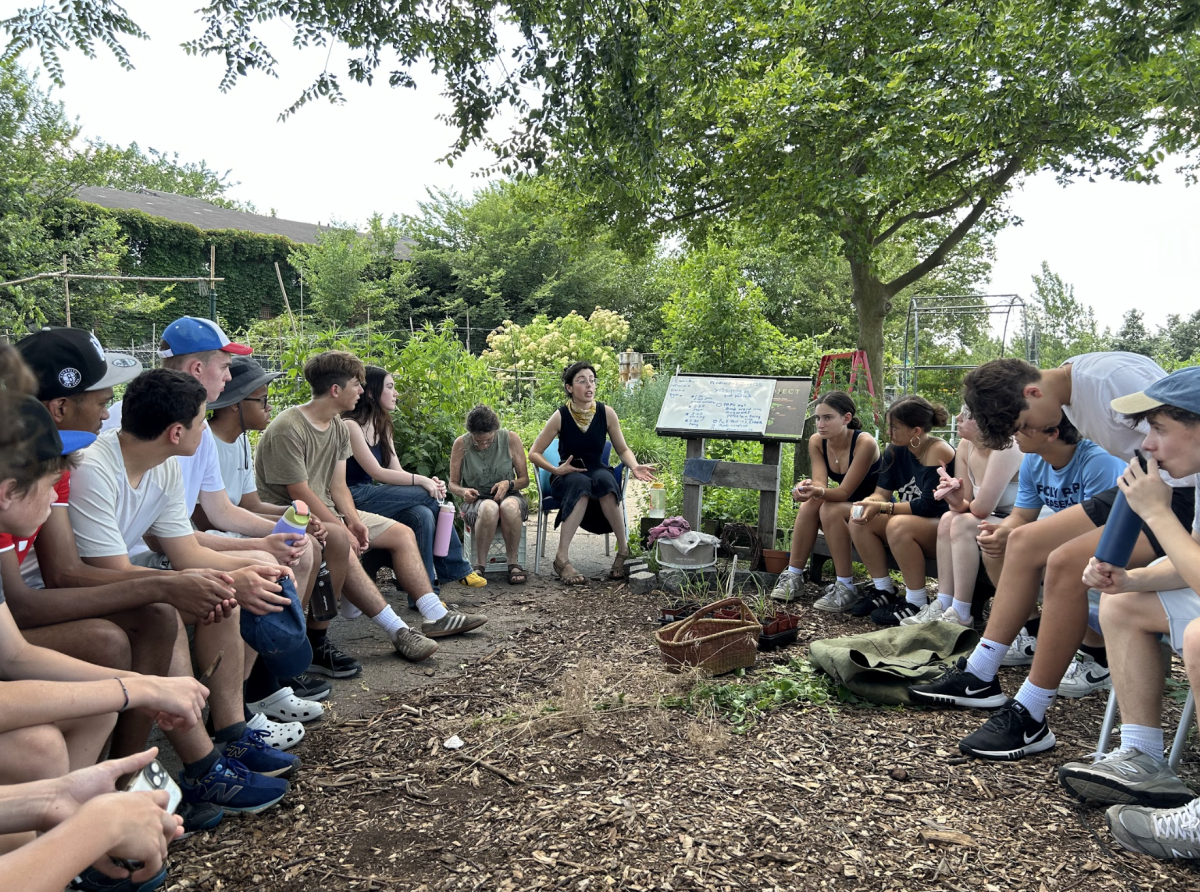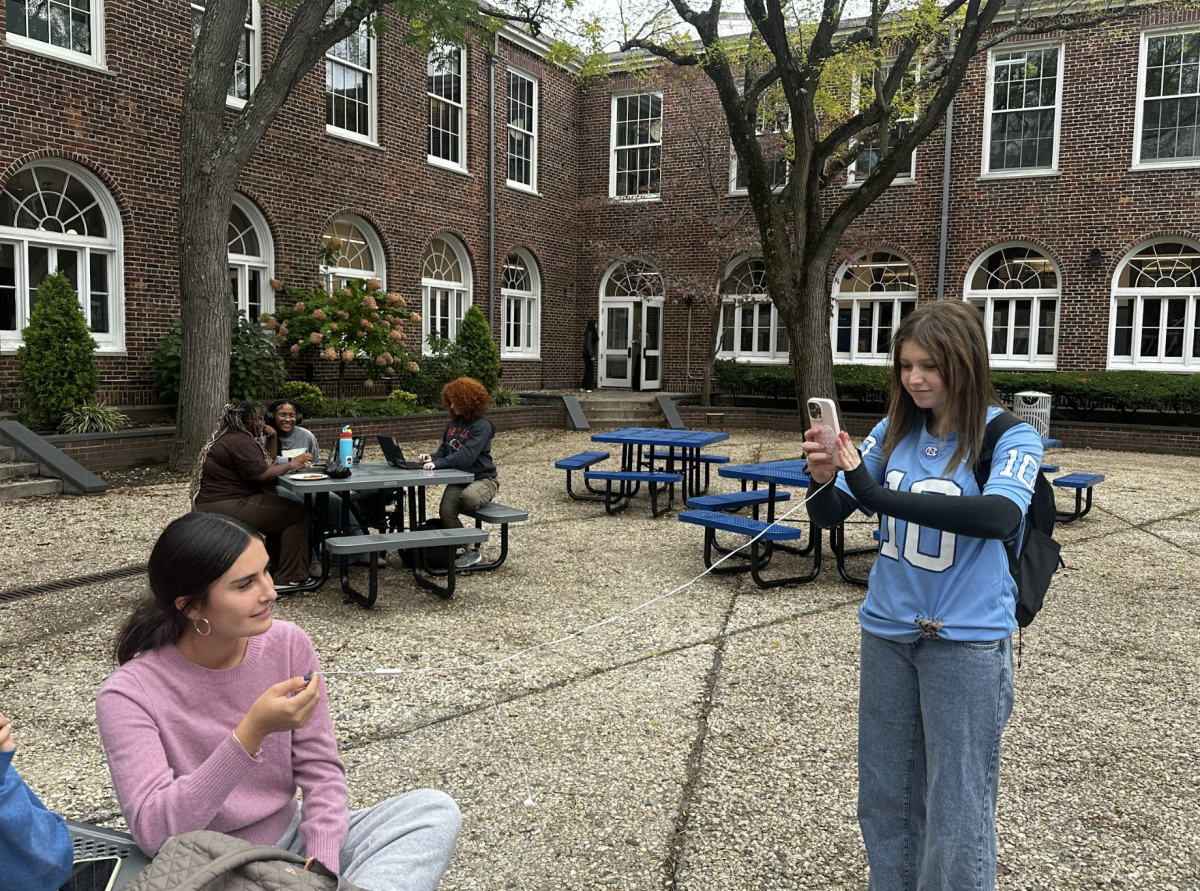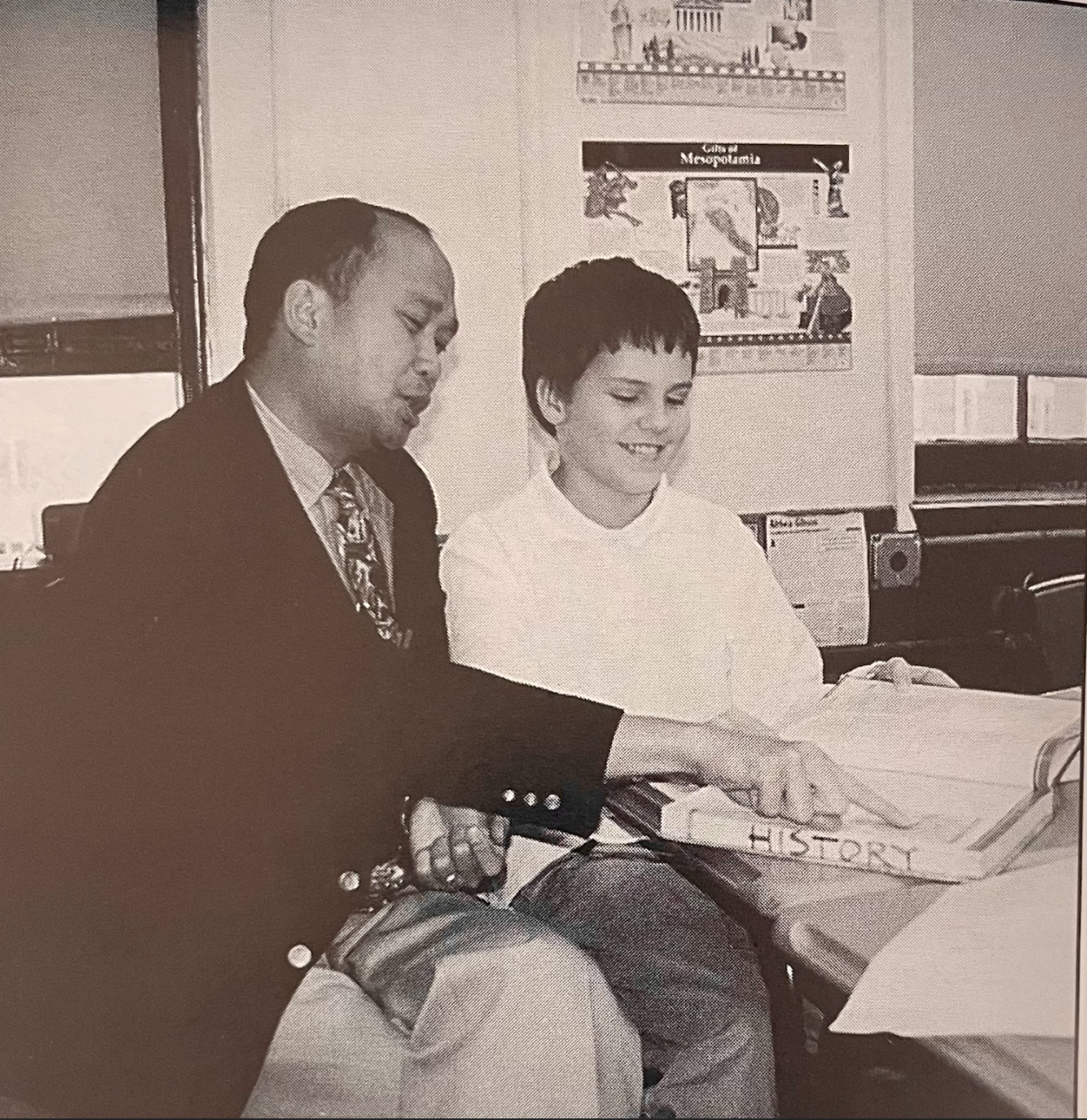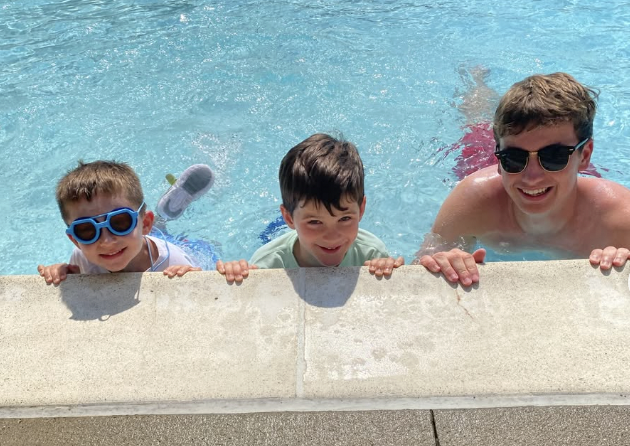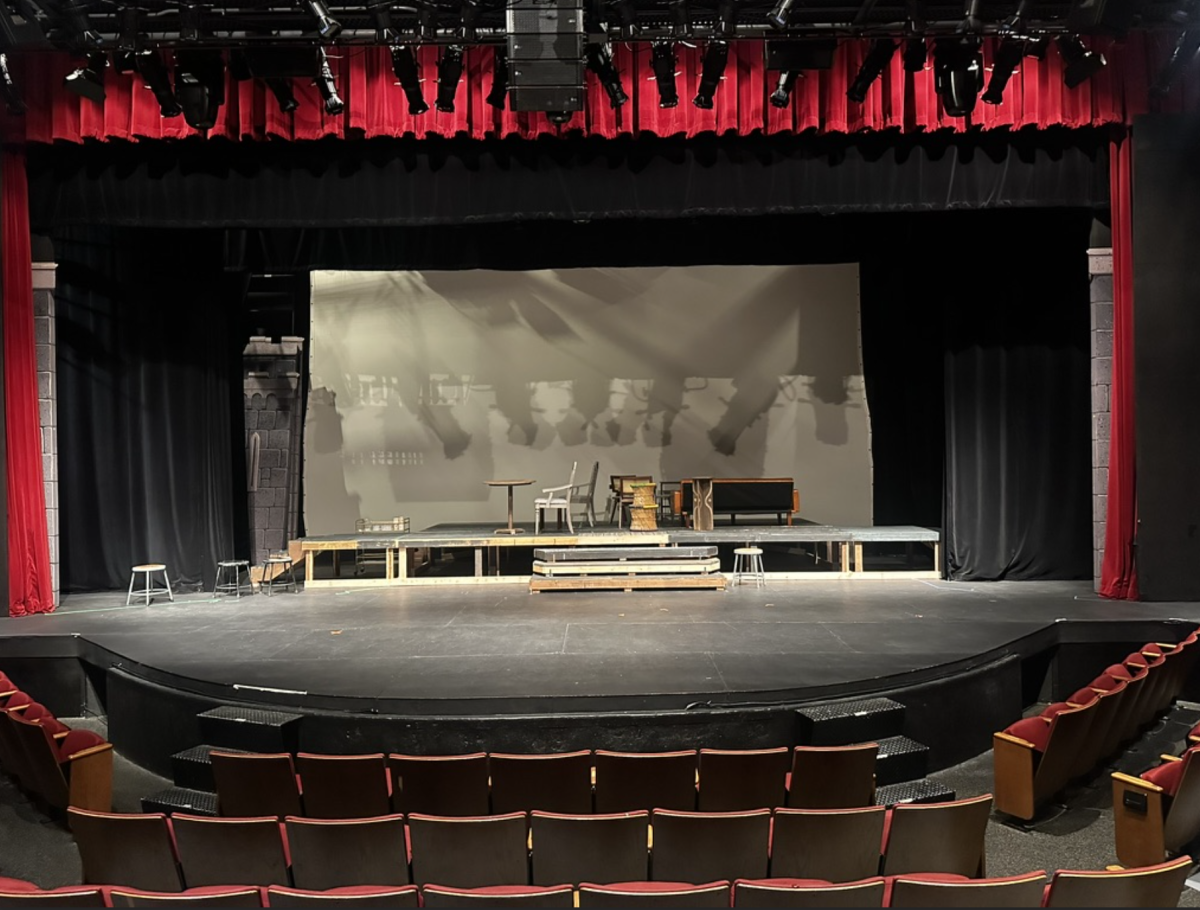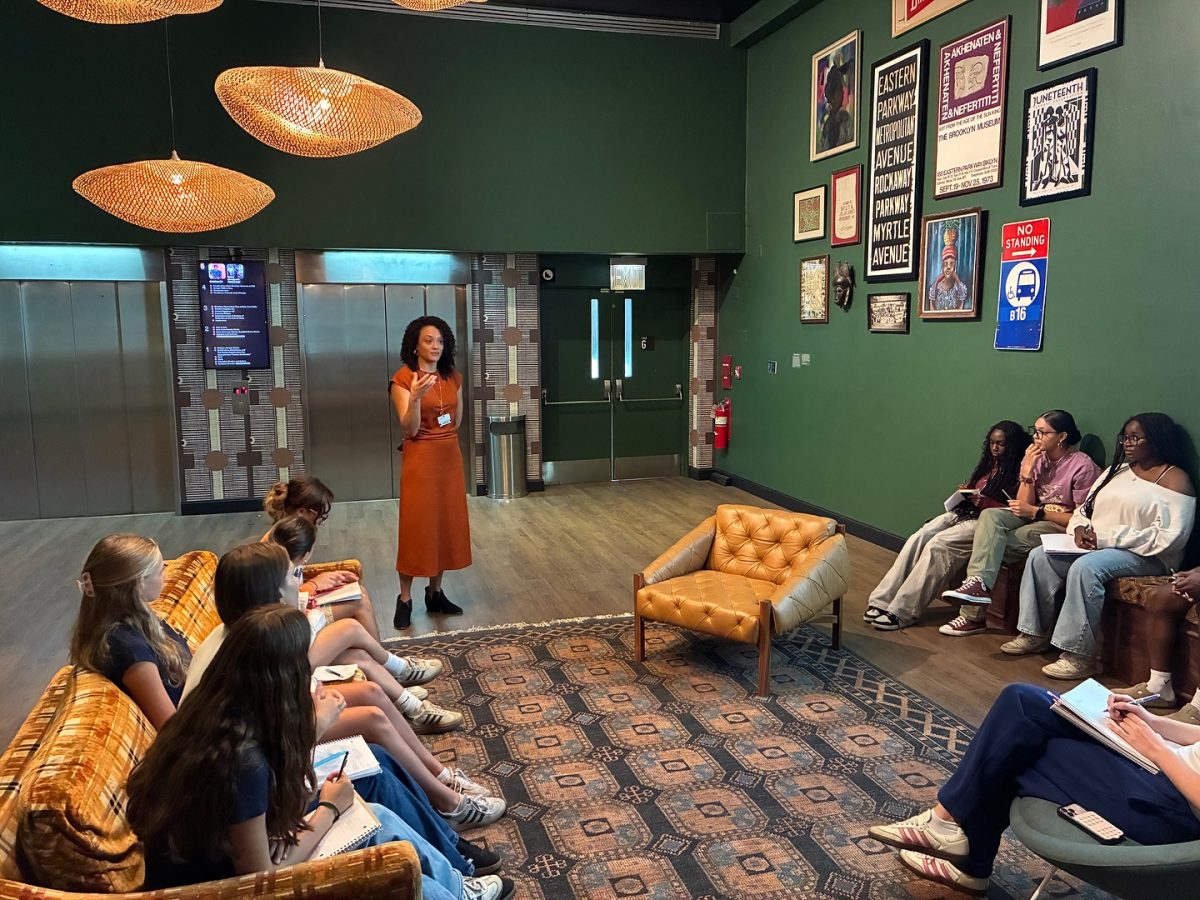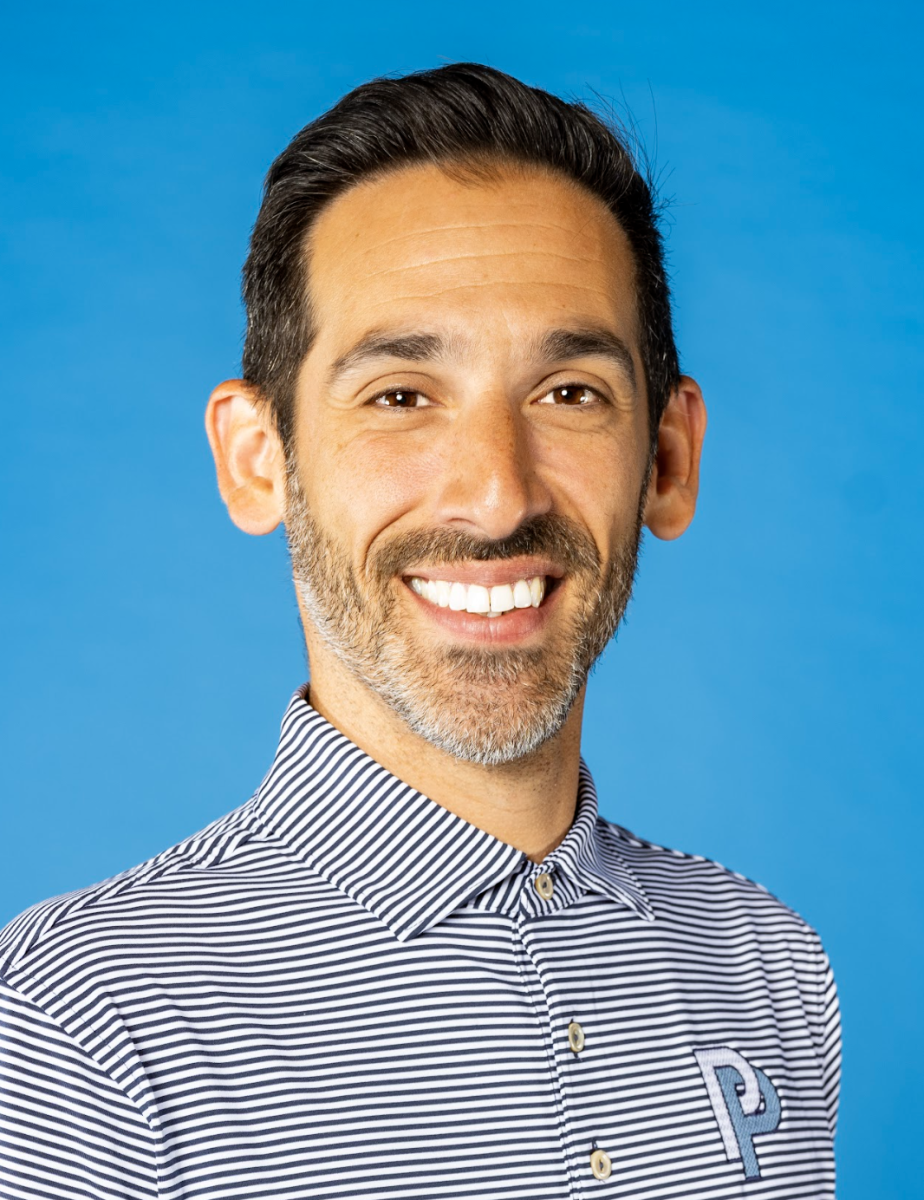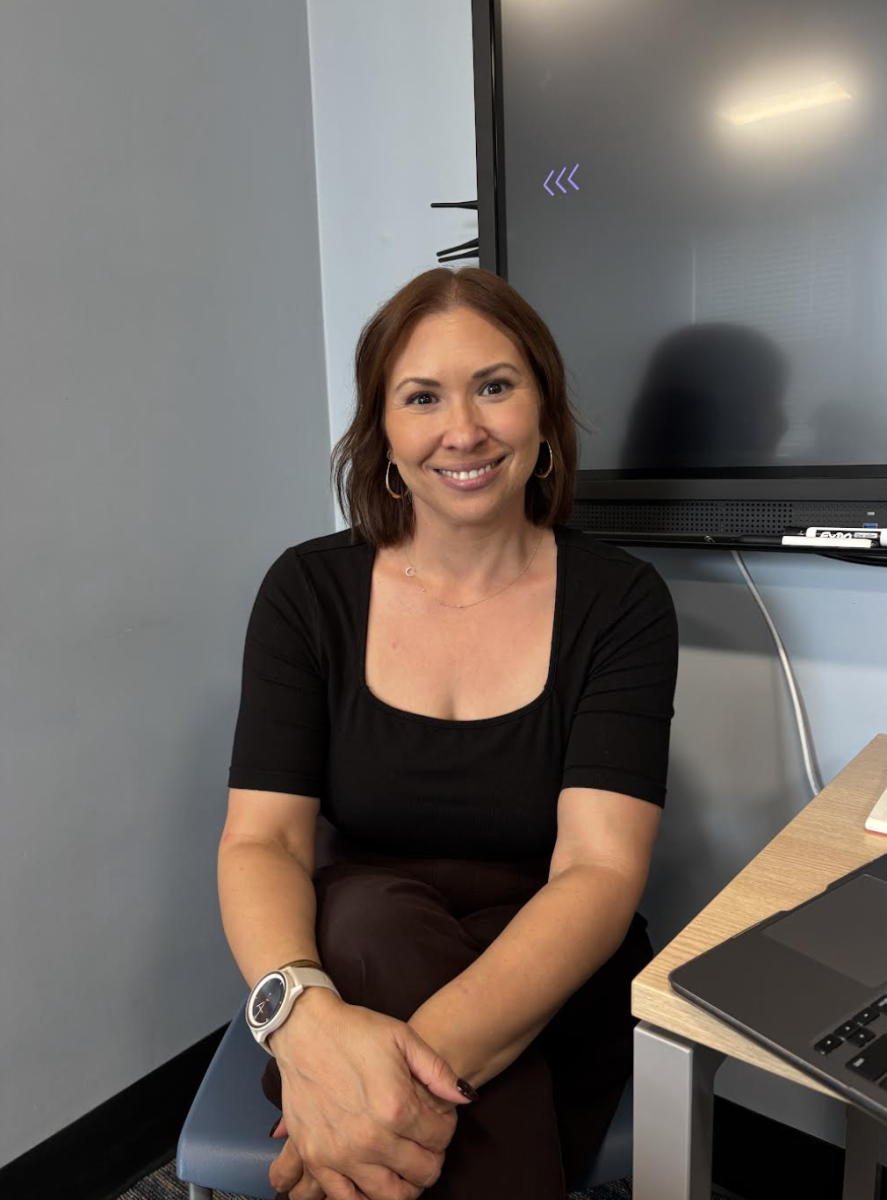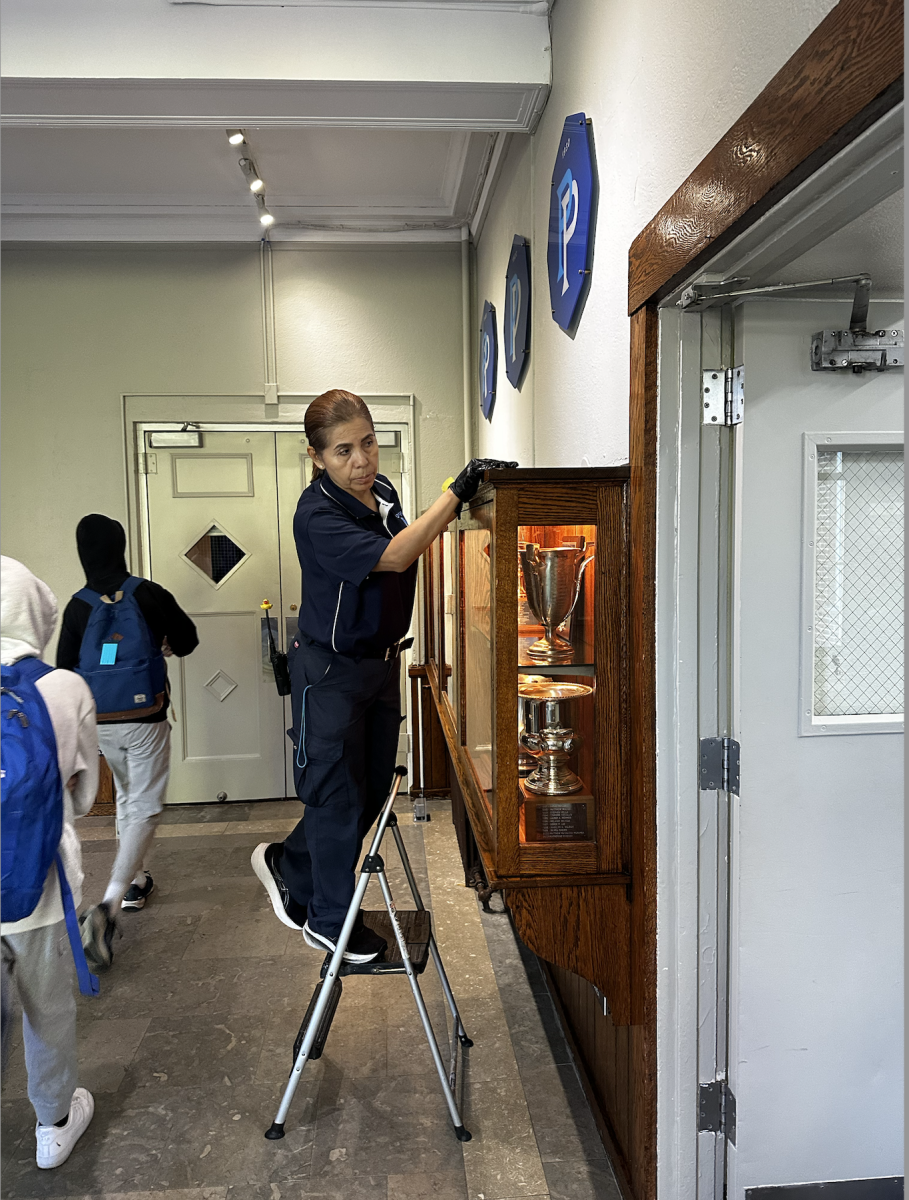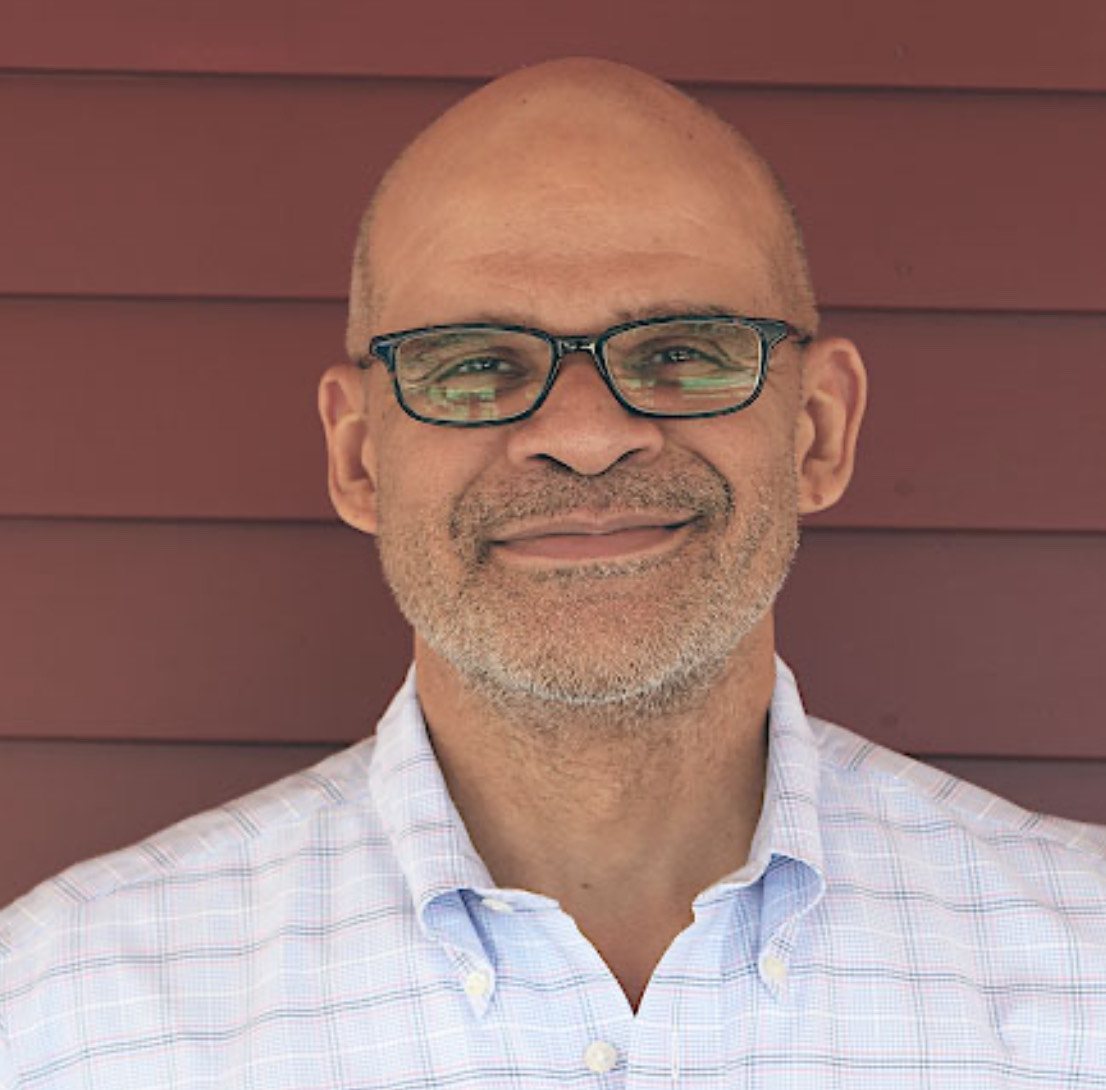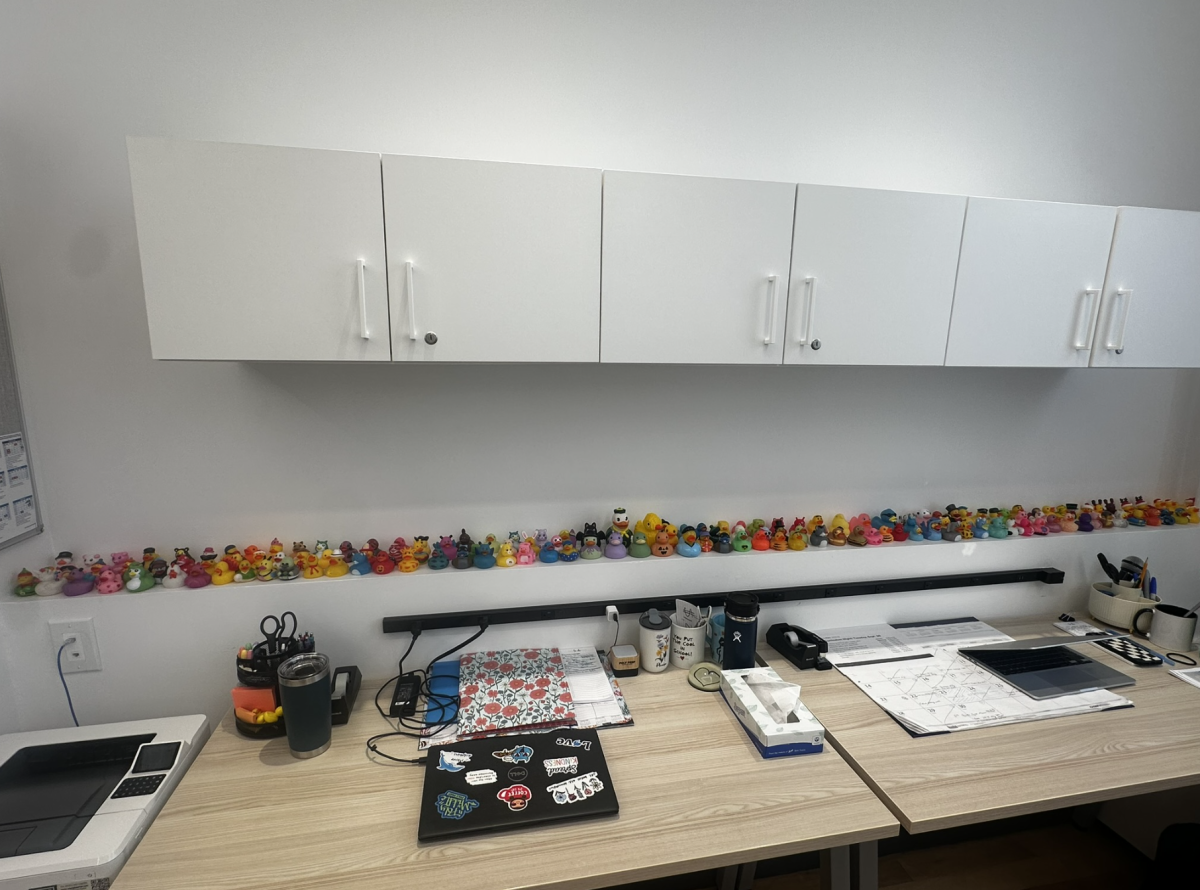Despite being located separately from the “verdant 25-acre college-like campus” that houses the Middle and Upper School in Dyker Heights, Brooklyn, Poly Prep’s Lower School serves as an integral part of the school’s community and culture. Though it can be easy to assume that the school’s beloved lower campus, open to students from Nursery to Grade 4, has been present from the beginning, few people are aware of the history behind the Lower School’s late establishment.
According to a 1995 Polygon article, “In order to expand its offerings to include elementary education (Nursery to 4th grade) and to reach more deeply into northern Brooklyn, Poly founds its own Lower School in 1995 in Park Slope and buys the historic Hulbert mansion at 50 Prospect Park West.” The mansion was previously the site of the former Woodward Park School. The establishment of the Lower School marked a crucial point in Poly’s history, for as noted in the Polygon article, “Although the community has seen a number of reforms and improvements in the last year, ranging from the refurbishment of the Fifth Form Room to the construction of the fitness center, there has been no change as exciting and revolutionary for the school as this since the first admission of girls in 1977.”
Why a Lower School? The Strategic Reasoning Behind Expansion
Extending education offerings to students in lower grades was a primary goal of Poly’s as early as the 1970s. In an article for the New York Times in February of 1995, Williams explained: “The challenge is finding where you want the school to go,” he said. “You have to know what the next step is.”
Though the possibility of building a separate Lower School on the Middle and Upper campus was considered, according to the Polygon, it was ultimately decided that students would not want to stay in the same space throughout their entire career as students. Additionally, according to the 1995 New York Times article, “board members also feared that few parents of young children in the lower grades would be willing to allow them to be bused to the far southwest corner of Brooklyn.” After exploring various other location options and potential deals, including negotiations with The Village Community School in 1988, the school’s Board of Trustees determined that Park Slope would be a suitable neighborhood. As stated by former Assistant Headmaster for External Affairs Maureen Walsh in the newspaper article, “It’s a very big neighborhood with a lot of young families so that we really fell there were a lot of children. Plus, it’s a very diverse neighborhood and we felt that it would be a nice balance to be in Park Slope and in Bay Ridge.”
There were several reasons Poly wanted to establish a Lower School. The absence of families with students in lower grades made it more challenging to secure interested families and their donations. As stated by Williams in the New York Times article, “Not having an elementary school, we have to be aggressive in our recruiting.” Williams added in a report to a 1995-1996 issue of the school magazine , that “We needed to compete for families who had made an early commitment to private education…the movement to coeducation made the acquisition of a feeder school very important to Poly.”
Through expanding its community deep into Park Slope, the school aimed to increase enrollment while also improving the diversity of its families. At the time, Williams stated to the Polygon that “I feel that the major advantage is one of assuring a broad, diverse, and strong applicant pool at a time when tuitions keep going up. We always wanted an elementary division because we’re the only major private school in the city that doesn’t have one and that has always been a disadvantage in terms of competition for our students.”
Writing Support Assistant and former history teacher Susan Beiles, who has been teaching at the school since 1979, added in an interview that “I think this was a strategic move that had community support […] the idea of having a Lower School was desirable because it could get children in at an earlier age […] without a Lower School, young children would go someplace else. And would they then come to Poly middle school? Who knows?” The addition of a Lower School, according to Beiles, was also helpful in increasing the school’s income. “Poly was a smaller school then in total numbers, and so I think that fiscally it was for economic reasons. It was also desirable because it would bring in more revenue,” Beiles said.
The absence of an elementary school, according to Williams, was also a burden for students that entered the school during fifth grade. A main entry year even today, in addition to returning students, a significant amount of incoming students come to Poly from many different schools. “Everyone is at a different level in mathematics. It takes half the year to get them together. The culture, the attitudes, and the values of the school have to be shaped gradually,” Williams said in the magazine. Through adding a Lower School, Williams hoped to streamline the process of transitioning new students to the Middle and Upper School campus.
Making a Dream a Reality: Finding the Perfect Fit
The school’s accession of its Lower Campus was almost predestined, for according to the New York Times, the chairman of the trustees at the Woodward Park School “approached Poly Prep with a proposal that said, essentially, ‘Take our school. Please.’”
The Woodward Park School had been struggling in the years leading up to this proposal. With a decrease in enrollment from 200 students in 1990 to 130 from pre-kindergarten through eighth grade, the school became plagued with financial troubles and overdue rent payments to the Brooklyn Ethical Culture Society. As stated in an article published on the Brooklyn Friends School titled “Miss Woodward, innovator at BFS and beyond from 1900 to 1951,” the school also had “decreasing enrollment resulting from the ‘Baby Bust’ of the 1960s and 1970s which caused many NYC independent schools to close or merge during the 1990s…”
According to the school’s magazine, Williams stated that “the merger began with my discussions with the chairman of the board in the middle of November, 1994. This led to meetings of the two boards and eventually to an agreement for them to dissolve as a corporation.” After getting approval from the New York Secretary of State, the two schools were able to solidify the deal.
“The funds to acquire the Woodward Park School came out of Poly’s endowment. Acquiring the Woodward School as the Elementary Division of Poly Prep is a capital investment in the School; it is a valuable asset,” Williams said.
Opposing Cultures and Teaching Methods: The Challenges of Merging Schools
One of the primary challenges of the project, according to the Polygon, was gaining access to the building. Designed and built by architect Montrose W. Morris, the Hulbert Mansion was completed in 1892. According to an article from Brownstoner by historian Suzanne Spellen, “this house was Montrose Morris’ largest private house to date, and was commissioned when he was at the height of his Romanesque Revival period, and was busting out as one of only several go-to Brooklyn architects of the uber-rich.” As stated by Spellen, 10-15 years after the Hulbert Mansion was constructed, everyone began switching to white stone to mimic the building’s design. Officially recognized as a landmark since 1929, the Mansion’s historical significance made it “necessary to convince the owners of the building, The Brooklyn Society for Ethical Culture, to sell it to Poly.” Though efforts to secure ownership of the building were drawn out by other developers, the sale was approved on February 19 and on February 22, the boards of the two institutions came to a consensus on price and terms, solidifying the deal.
According to the Polygon, Walsh was set to become the director of the new Lower School, which would offer enrollment for nursery, beginning with two and a half year-old students, through the sixth grade. Present faculty were asked to remain at Woodward, while the director of Woodward Park held the position of Educational Director at the new lower school. In the Polygon, Walsh had stated “one of our real goals is to make sure there’s a sense of continuity and we don’t want to make a lot of changes next year. If there’s change we want it to be in stability and resources but not in personality and method.”
Former Middle School Dean Peter Soto was attending the Woodward Park School in the sixth grade when Poly acquired the Hulbert Mansion. Soto’s mother, who worked at Woodward Park, went on to teach at the Lower School, where she still works today. With a total of just six students in his grade, Soto said “The Woodward Park School was a really ahead of its time progressive, small Montessori-ish school, which means that grades were mixed together and it was more of a community feel in the classroom.” The Woodward School’s educational practices were based on philosopher and education reformer John Dewey’s concepts of catering to the natural interests and curiosity of the children rather than having a set curriculum.
Once the two schools merged, Soto attended Poly for the first time starting in the seventh grade, making him a member of the first class to transition from Woodward to Poly. Referring to the transition as a big shock to the system, Soto explained that “It was very nerve wracking and we definitely felt a significant difference coming from a place, talking about a lot of social emotional things and not a traditional classroom. My saving grace was that I knew a lot of kids that were there [at Poly] through sports growing up and playing in the park.”
In comparison to the Woodward Park School, the Polygon stated that Poly had a “reputation for being a traditional school, at least in terms of policies such as the dress code and grading.” Beiles also attested to the differences between the two institutions, stating “I think there was concern about different values of teaching and learning in those initial days in the Lower School. And then how would those children be absorbed into Middle School?”
Such cultural differences were addressed by Poly’s administration, for according to the Polygon, the Woodward School was still allowed and even encouraged to maintain its personality and policies after merging. “It is hoped that by forming a connection with a progressive children’s school, Poly will be opening its doors to innovative methods of teaching,” the article said.
Williams, optimistic for the Lower School’s future, stated that “Poly can capitalize on Woodward Park’s strong early elementary program. Their teachers are marvelous; they have wonderfully bright children and families who are dedicated to the school… We expect the school to be the strongest in Park Slope…”
Examining the Present and Looking to the Future:
Despite hesitancy from a number of parties throughout the process, the Lower School remains an inseparable part of the Poly community today. As time has progressed, the school has also endured renovations while maintaining the historic beauty of the Hulbert Mansion.
Lower School Music Teacher Jennifer Nelson, who has been on the faculty since 1997, recalled that “the school grew fast, tuition was raised, bussing from other neighborhoods became part of the package and we needed more space. During that time the 3rd and 4th grade was taught at Beth Elohim on Garfield Pl. Specialist teachers had to travel back and forth between the two “campuses.” After being approved by the New York City Landmarks Preservation Commission, during the 2006-2007 school year, according to PDBW, “eight classrooms, a 2,400 sq. ft. gym, faculty offices, a dance studio and a new ADA compliant entrance to the school. A gathering area within the school’s campus was created outside the new entrance to facilitate the arrival and departure of students and their parents at the busiest times of the day.” Constructed with the intention of maximizing sustainability, the modern renovations earned the Lower School a LEED Silver distinction, making Poly the first LEED-certified school building in New York City and the first elementary school building in the state. Two years later, in April of 2009 the Lower School received a Lucy B. Moses Award from the New York Landmarks Conservancy for, as PDBW states, creating “a harmonious transition between old and new.”
Today, Poly’s Lower School continues to thrive under the leadership of current Head of School Francis Yasharian. With a total of 251 students, each day the school strives to provide its young students with early but unforgettable memories that will define their Poly experience. Each day, “they enter a landmark building whose beautiful hallways, stained glass windows, and sculpted wooden staircase are brought to life by their voices, their questions, their dances, their musical renditions, their art, by everything they are and all the energy they bring to learning,” the school’s website states.
As the Lower School continues to educate Poly’s youngest students, Nelson expressed that “My hope is that we hold on to the best of the past and find ways to nurture the future. Child-centric, artistic teaching is why I am still teaching here. There is a freedom, a positive outlook and a love of learning here that makes the future look bright. We are not afraid of change, improvement, discussion and differences,” Nelson said.
Excited about the direction in which the Lower School is headed, Nelson added that “I would like to see us serve the outside community more, as well. We can do a lot with all of our blessings. It still stands with early childhood lessons….we must learn to share.”



